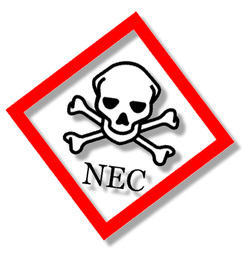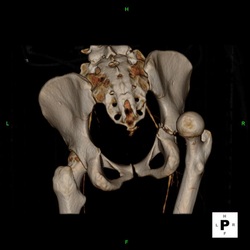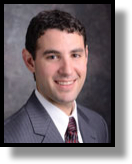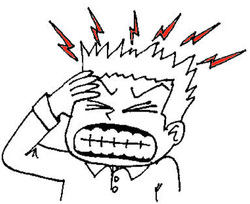 There is a lot to think about... but don't forget the sugar!! There is a lot to think about... but don't forget the sugar!! BASICS
Seizure
Syncope
Red flags of syncope - exertional (not after the exertion), family hx, cp, palpitations, syncope, brought on by sudden loud noise, febrile illness, abrupt syncope, <10 years
0 Comments
 Case 1 - Bloody Diaper in the Neonate Common causes of BRBPR in kids 1. Ingested maternal blood 2. Necrotizing enterocolitis 3. Milk protein allergies 4. Anal fissure Key learning points 1. Hgb nadir at 6-8 weeks in full term down to 9g, premies drop faster and farther, 7g by about 3-4 weeks 2. Reassess potentially sick frequently 3. NEC is possible in full term, keep it in your differential! Nec info: Mortality 15-30%. Pathophys: intestinal immaturity and over active immune response Generally affects preterm infants, but not uncommon and increasing in frequency in full term infants Case 2 - 14 month old cold, seizing baby
History of an Takayasu arteritis and new seizures. ICH seen on CT Takayasu Arteritis Most commonly involved vessel
 Ouch!! Ouch!! Key ligaments
Fracture Classification - Young-Burgess
Pelvic ring injuries
 Acute Otitis Externa
Cerumen Impaction Options
Foreign Body Removal
Acute Otitis Media
 Basic Tips
 CMCEDMasters Master CMCEDMasters Master Acquired Long QT
Bad Trauma Airway (Cricothyroidotomy, Traumatic Brain Injury
Occult Hip Fracture
 Basics
Some Concerning History?
Migraine
Consider Imaging for:
Treatments for benign HA
 Dr. Dahlquist Dr. Dahlquist 1. Sensitivity and specificity of treadmill, echo, and myocardial perfusion stress testing: * Treadmill Sn: 68%, Sp 77%. * Dobutamine Stress Echo: Sn 81%, Sp 80%. * Myocardial Perfusion: Sn 87%, Sp 73%. 2. 50% of the plaques that rupture and cause AMI/ACS are <50% stenoses, and are generally not detected on stress testing. A NEGATIVE STRESS TEST DOES NOT RULE OUT ACS! * For this reason, if the clinical history is concerning, no prior stress test should be reassuring, regardless of how recent. 3. AHA recommendations on stress testing are based on "very limited" evidence. Particular populations where utility is limited: * Patients <40 years old. * Patients with recent (last 14 days) cocaine use. Journal of EM 2004 (Littmann) - All stress tests were positive, but all of their caths were normal. Deemed false positive stress test for up to 2 weeks.  Master of Code STEMI Master of Code STEMI Some Thoughts to Keep in Mind
Calcium Score
 Dr. Zahn - The Zahn-inator Dr. Zahn - The Zahn-inator CASE 1 - Pupura, Diffuse Lymphadenopathy, Fatigue, Arthralgia, 20lb weight Loss. DDx: HUGE and includes: HIV/AIDs, syphilis, tick borne disease, endocarditis, meningococcemia, thrombocytopenia Core Concept: LUPUS
CASE 2 - 55yo with n/v/d after eating fast food. Hx of previous CVA, TIAs, and Mitral Valve Repair. Is this Acute Gastroenteritis? Nope - Imaging: right vertebral artery occlusion with posterior CVA. Core Concepts: Posterior CVA
CASE 3 - Teenager with complains of persistent shoulder pain, Normal x-rays, Tachycardic. Later found to have Hypoxia!
Initially he looked well... then he didn't. Found to have CA-MRSA subperiosteal abscess. Core Concepts - CA-MRSA
|
Archives
August 2018
Categories
All
|
 RSS Feed
RSS Feed
